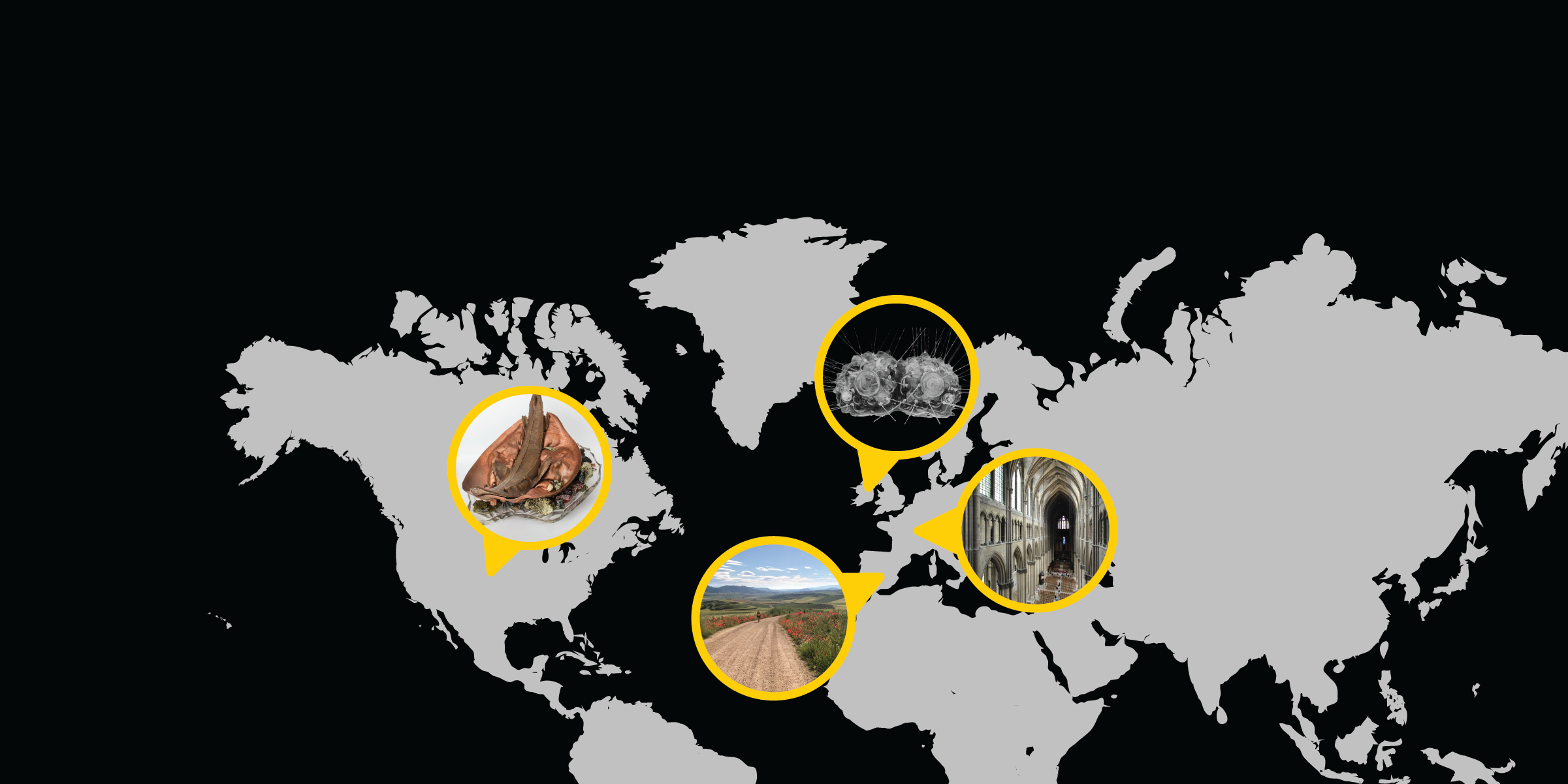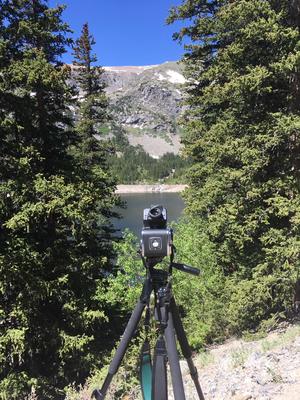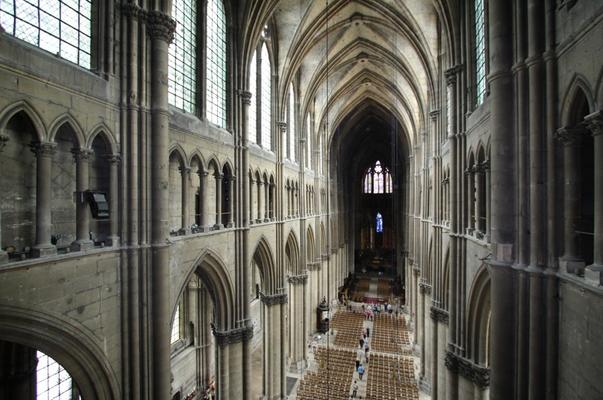UI art students travel world in pursuit of discovery

One University of Iowa student will walk 500 miles across Spain in an effort to better understand holy pilgrimages. Another will kayak down the Platte River in Nebraska to study endangered birds and the waterways in which they nest. One will use sophisticated technology to tease out clues hidden in a French medieval gothic cathedral. And another will bring long-forgotten scientific tools—that are also amazing works of art—back to the people of Ireland.
While research and discovery often aren’t the first pillars associated with those who study and create art, they’re important aspects to advancing the field of art and art history at the UI.
“People sometimes mistakenly assume that artwork emanates only from an individual’s conversation with themselves,” says Steve McGuire, professor of metal arts and 3-D design and director of the UI School of Art and Art History. “In fact, every good artist is able to be a good artist because they deeply investigate what contemporary artists are doing, what’s happening in the wider culture, what’s happening in science and engineering, and, of course, the long history of art making.
Those creative and research pursuits are taking graduate students in the UI School of Art and Art History near and far this summer.
“In the same way you create new knowledge in science and engineering, you’re doing the same thing in art,” McGuire says. “It’s critical that people go out and investigate and do new things, because that’s the way their ideas evolve and become more than they otherwise would.”
The students are contributing greatly to their fields. McGuire brings up Rebecca Smith, who in May completed her PhD in art history and will travel with two UI professors to France this summer to continue her research on Reims Cathedral.
“Rebecca is leveraging engineering and new technology to reimagine an entire field in terms of medieval architecture,” McGuire says. “She can reveal things that just were not able to be seen before. And with that, she can give a reappraisal of the cathedral, which is pretty significant.”
While much of the work couldn’t be accomplished without travel, even students who potentially could stay on campus to conduct their research say the advantages to seeing something firsthand are invaluable.
“Every good artist is able to be a good artist because they deeply investigate what contemporary artists are doing, what’s happening in the wider culture, what’s happening in science and engineering, and, of course, the long history of art making.”
“I guess I could be lazy and just look at photos on the internet, but I discover so many more stories if I’m actually there,” says Eden Hall, an MFA candidate in the jewelry and metal arts department who traveled to Nebraska to study two endangered species of bird on the Platte River.
As with any research, arts research requires funding. While faculty and graduate students apply for and receive external funding, they also are supported through university funding, such as through the School of Art and Art History or the Stanley Awards for International Research.
“I’m thankful that my trip is funded mostly through the university,” says Melissa Airy, an MFA candidate studying intermedia art who is traveling to three Catholic pilgrimage sites in Europe. “I was hopeful these opportunities would be available when I came to the UI, and I’ve been continuously amazed by them. I’m just very thankful the university has been supportive in the mission of what I’m doing, including financially.”
For Jacquelyn Dale (JD) Whitman, the university’s financial support legitimized her work in the eyes of other institutions, allowing her to receive further funding from external sources for her project to photograph a collection of scientific glass artifacts for research and preservation purposes.
“I started writing grants before having the support of the university and then went through the same process after having that support—the difference was night and day,” says Whitman, an MFA candidate in sculpture and photography. “People are so much more receptive when you are backed by your institution. Having that support made a huge difference.”
McGuire says along with benefiting students, university funding for student research also plays a critical role in the success of the School of Art and Art History and the university as a whole.
“Students are pretty sophisticated now,” McGuire says. “They research the universities they’re thinking of attending, and one of the first things they consult is the experience of graduate students. They’re looking at the grad students’ bios and the work they produce. To remain competitive, our profile has to include students being able to do funded research.”








